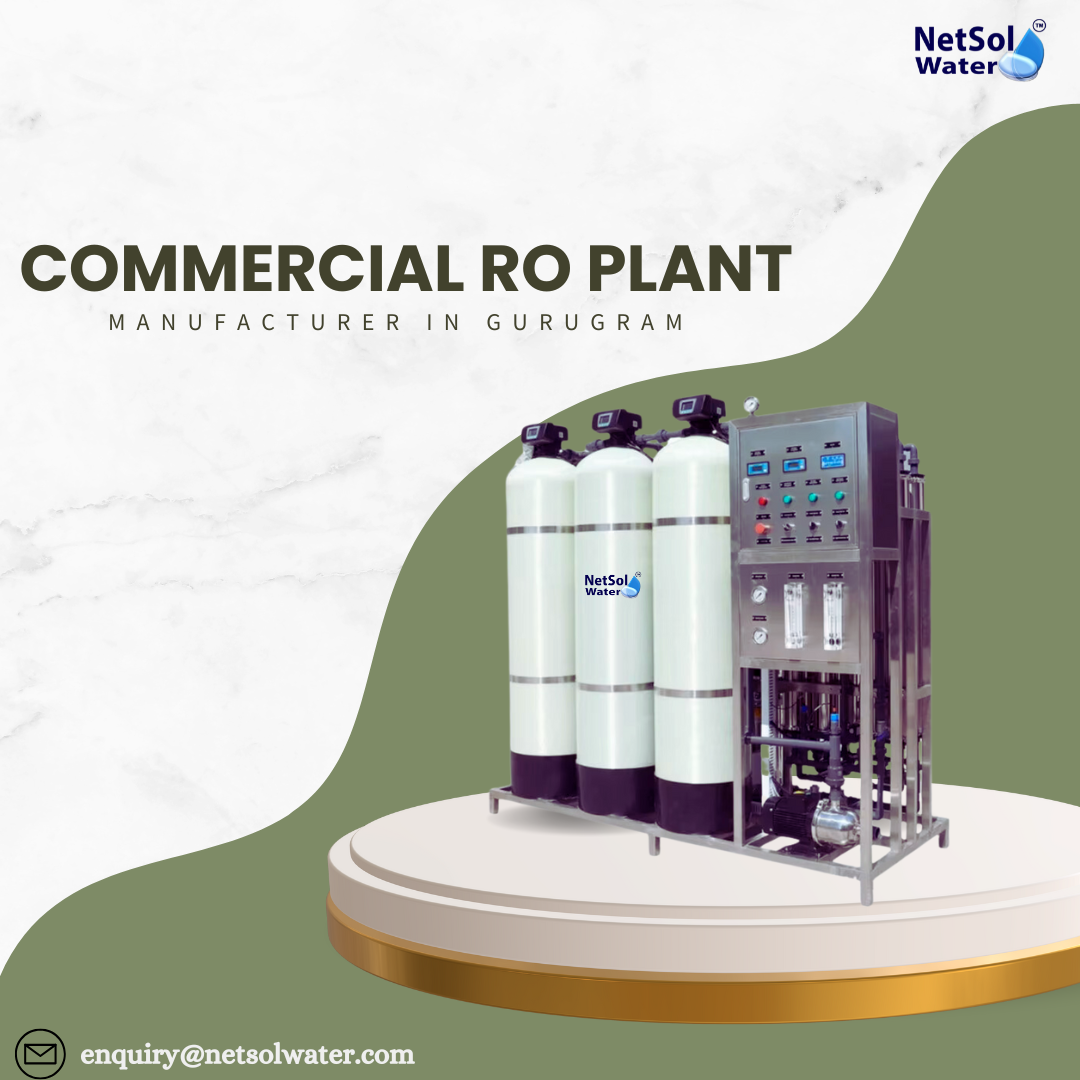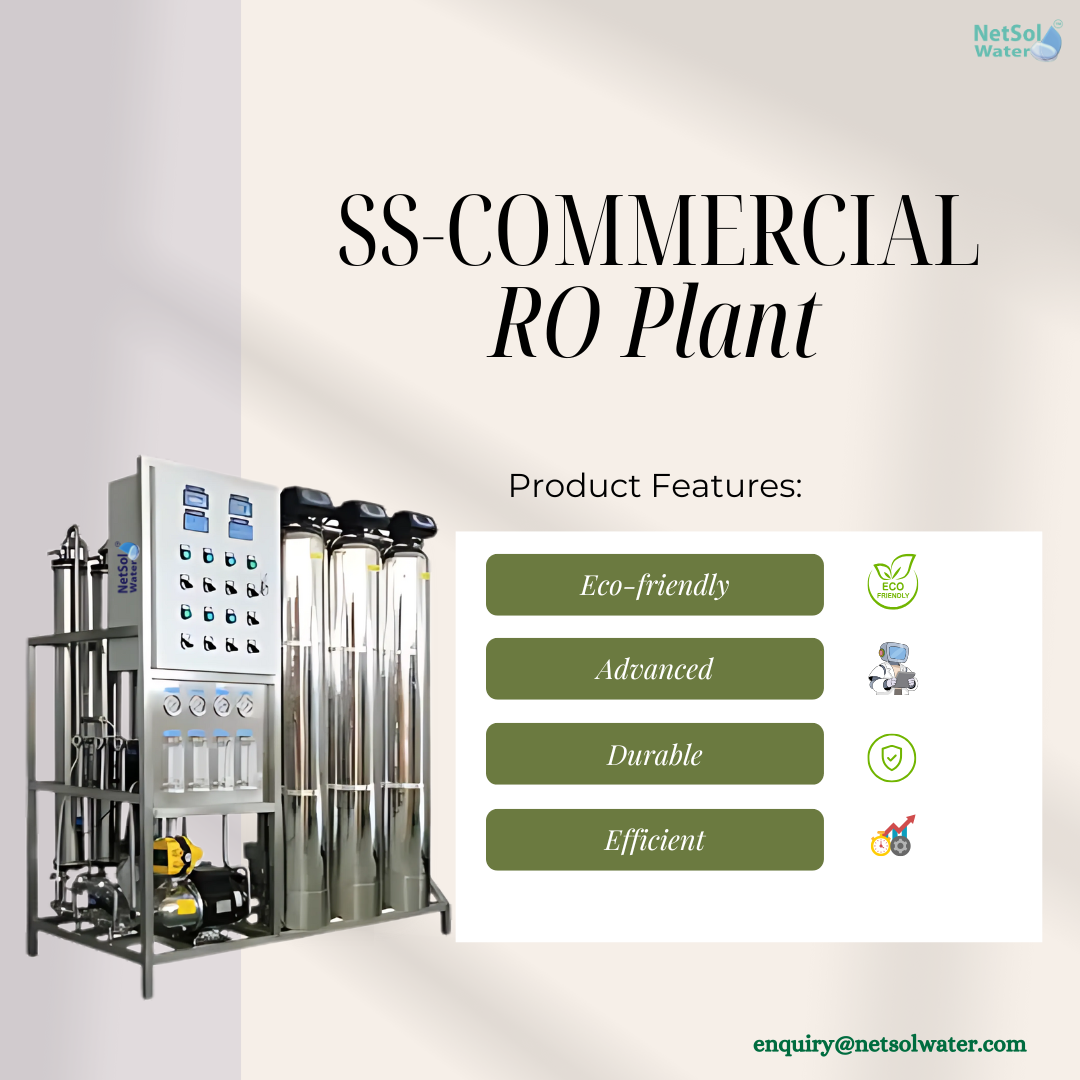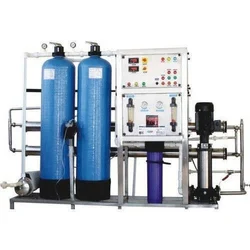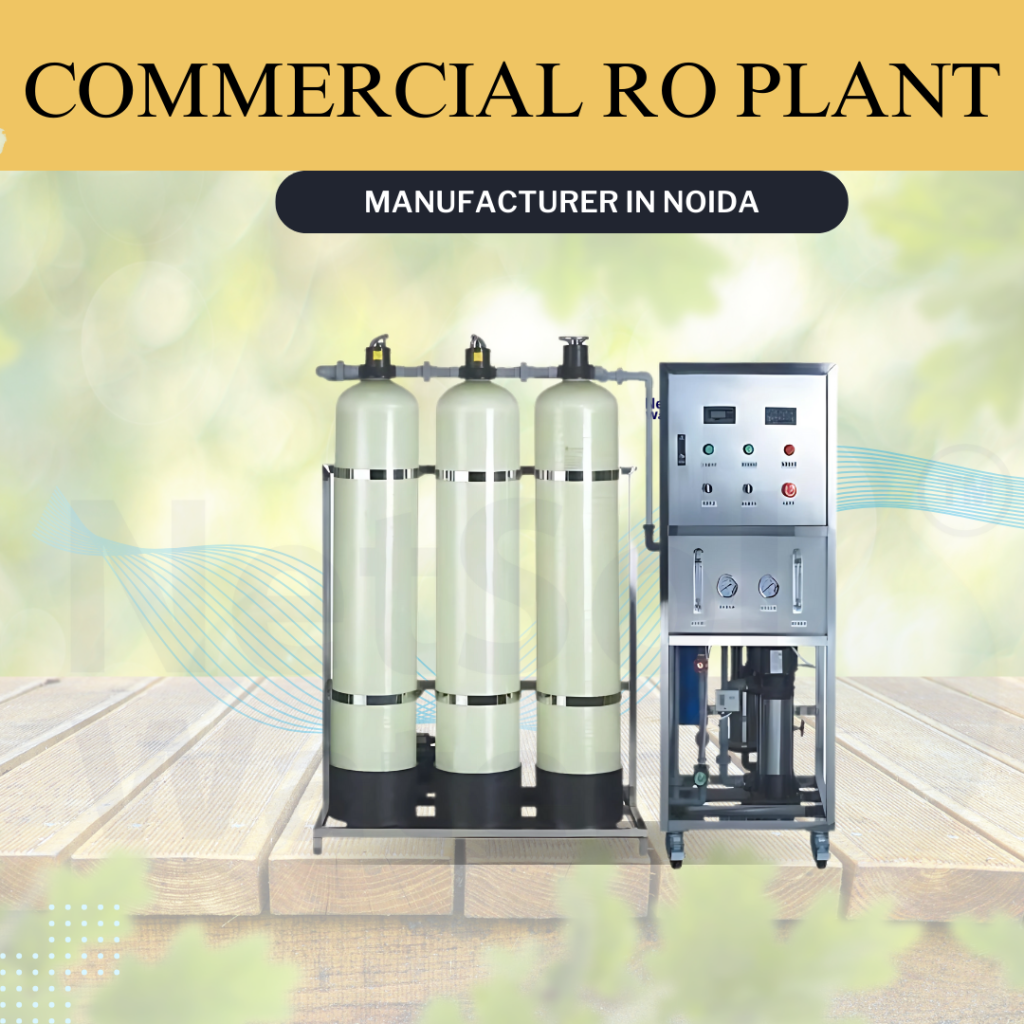Step-by-Step Guide: How to Start a Commercial RO Water Plant Business
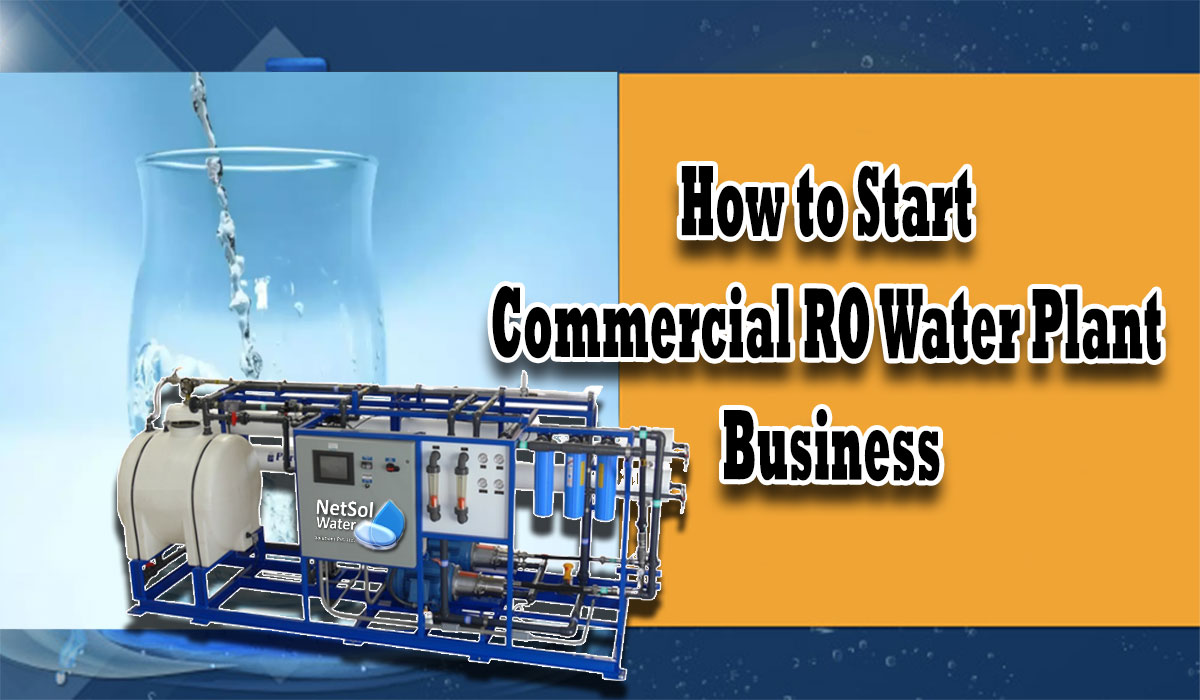
Strong 8k brings an ultra-HD IPTV experience to your living room and your pocket.
The demand for clean and safe drinking water continues to grow globally, making the commercial RO (Reverse Osmosis) water plant business a lucrative opportunity. If you are exploring how to start a commercial RO water plant business, this guide will walk you through the essential steps required to establish and run a successful venture.
1. Conduct Market Research and Feasibility Analysis
The foundation of any successful business is understanding the market. Begin by analyzing the demand for purified water in your area. Identify your target customers—these could include households, offices, schools, hospitals, or industries requiring water treatment. Study your competitors to identify their strengths and weaknesses.
A feasibility study is crucial to understand the potential of your business. Evaluate factors such as water quality issues, consumer preferences, costs, and revenue potential. Assess whether the market conditions and demand justify the investment needed for setting up the business.
2. Develop a Comprehensive Business Plan
A business plan acts as a roadmap for your venture. It outlines your goals, strategies, and financial projections. Key elements of your business plan should include:
Investment Requirements: Detail initial and recurring costs, including equipment, plant setup, and operational expenses.
Target Market and Customer Base: Clearly define who your services will cater to.
Revenue Model: Plan your pricing strategy and calculate expected profit margins.
Marketing and Promotion Strategy: Highlight how you will attract customers through online and offline channels.
Your business plan should be detailed enough to serve as a reference for potential investors and stakeholders.
3. Obtain Required Licenses and Permits
Setting up a commercial RO water plant requires compliance with various legal and regulatory requirements. Some of the necessary licenses and certifications include:
BIS (Bureau of Indian Standards) certification to ensure water quality meets national standards.
Pollution Control Board Clearance, which is mandatory in most regions to ensure environmental compliance.
FSSAI (Food Safety and Standards Authority of India) license if your water is intended for drinking purposes.
Local municipal permissions for water extraction and plant setup.
Consult local authorities to ensure you have all necessary approvals to operate legally.
4. Select the Right Location
The location of your water plant is critical for its operational efficiency and cost-effectiveness. Choose a site with the following considerations:
Proximity to Water Sources: This reduces transportation costs for raw water.
Accessibility: Ensure good connectivity for distribution vehicles.
Space: The plant should have ample space for equipment, storage, and packaging areas.
A strategically chosen location can significantly enhance your operational efficiency and profitability.
5. Purchase and Install High-Quality Equipment
Investing in reliable and efficient equipment is a cornerstone of setting up a commercial RO water plant. Typical equipment includes:
Pre-treatment systems such as sand filters and carbon filters.
RO membranes and high-pressure pumps.
UV sterilizers or ozonation units for advanced purification.
Storage tanks and automated packaging machines.
Collaborate with trusted suppliers to ensure durability, efficiency, and after-sales support for your equipment.
6. Hire and Train Skilled Staff
Skilled employees are crucial for the smooth functioning of your plant. Hire a team that includes:
Technicians for equipment operation and maintenance.
Quality control personnel to monitor water purity and compliance.
Packaging and logistics staff for handling production and delivery.
Provide training to your staff to ensure they understand the processes and maintain high-quality standards.
7. Implement an Effective Marketing Strategy
Marketing is essential to attract customers and establish a brand presence. Some effective strategies include:
Local Advertising: Use newspaper ads, flyers, and billboards to create awareness.
Digital Marketing: Leverage social media platforms, Google Ads, and a professional website to reach a broader audience.
Collaborations: Partner with schools, offices, and retail stores for bulk orders.
Brand Identity: Develop an appealing logo, packaging design, and tagline to make your brand memorable.
A mix of online and offline marketing will help you capture a diverse customer base.
8. Maintain Strict Quality Control
Water quality is the foundation of your business’s reputation. Regularly test your water to ensure compliance with BIS standards. Implement hygiene practices in every step of the process, from purification to packaging. Maintaining consistent quality will help you build trust and retain customers.
9. Offer Exceptional Customer Service
In the competitive water purification market, excellent customer service can set you apart. Ensure timely delivery, respond to customer queries promptly, and provide after-sales support like regular maintenance or filter replacements. Satisfied customers are likely to recommend your services to others.
10. Monitor Growth and Explore Expansion
Once your plant is operational and generating revenue, monitor its performance to identify areas for improvement. Use customer feedback to refine your services. Consider expansion opportunities such as:
Introducing flavored or mineral-enhanced water.
Catering to industrial clients requiring large-scale water purification.
Expanding distribution to nearby regions.
Conclusion
Understanding how to start a commercial RO water plant business involves strategic planning, compliance with regulations, and a strong commitment to quality. By following these steps, you can establish a sustainable business that meets the growing demand for safe and purified water. With dedication and innovation, your venture can contribute significantly to public health and environmental sustainability.
Note: IndiBlogHub features both user-submitted and editorial content. We do not verify third-party contributions. Read our Disclaimer and Privacy Policyfor details.




